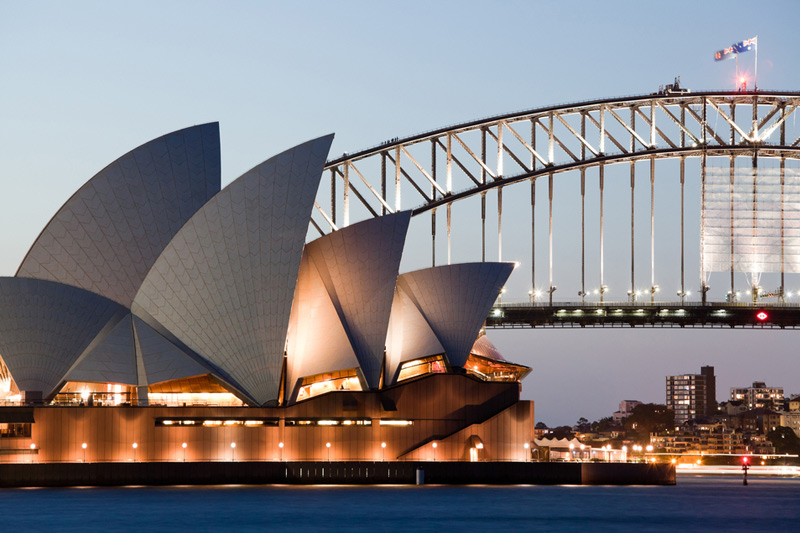By Ambar Warrick
Investing.com -- The Australian economy grew slightly less than expected in the fourth quarter of 2022, data showed on Wednesday, as high inflation and a rising cost of living saw overall growth slow sharply from the prior quarter.
Gross domestic product (GDP) rose 0.5% in the three months to December 31 from the prior quarter, data from the Australian Bureau of Statistics (ABS) showed. The reading was less than expectations for growth of 0.8% and the prior quarter’s revised reading of 0.7%.
On an annualized basis, fourth quarter GDP rose 2.7% as expected, but was drastically slower than the prior quarter’s reading of 5.9%.
Public and private investment sank during the quarter, while household savings also fell due to an increased cost of living.
The Australian economy was hit hard by sticky inflation, which surged to an over-30-year high in the December quarter. Interest rate hikes undertaken by the Reserve Bank (RBA) to combat rising inflation also weighed heavily on the economy.
Still, strength in the country’s massive commodity exports and some resilience in household spending helped the economy mark a fifth straight quarter of positive GDP. Exports contributed 1.1% to the GDP reading, slightly lower than expectations due to recent weakness in commodity prices and Chinese demand.
Australia's pace of economic growth has slowed drastically in recent quarters, also coming under pressure from a slowdown in China, the country's biggest trading partner.
“Continued growth in household and government spending drove the rise in consumption, while increased exports of travel services and continued overseas demand for coal and mineral ores drove exports,” said Katherine Keenan, ABS head of National Accounts.
Wednesday’s data indicates that a post-COVID boom in the Australian economy has run out of steam, with growth set to slow further in the coming months. The RBA had also recently warned of such a scenario, stating that the path to a soft landing for the economy remained a narrow one.
The RBA forecast that the Australian economy will grow by about 1.5% in 2023.
The Australian dollar sank 0.4% after the GDP reading, given that slowing growth reduces the economic headroom the RBA has to keep raising interest rates. Australia's stock benchmark, the ASX 200 index, fell 0.3%.
